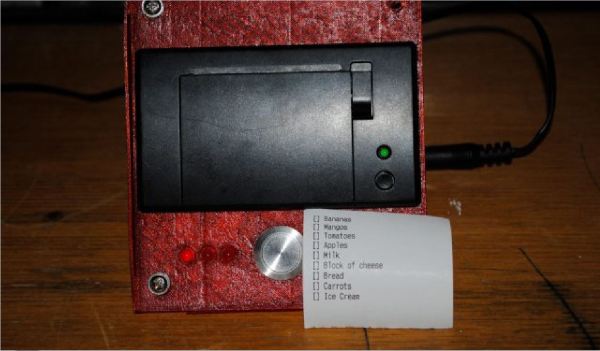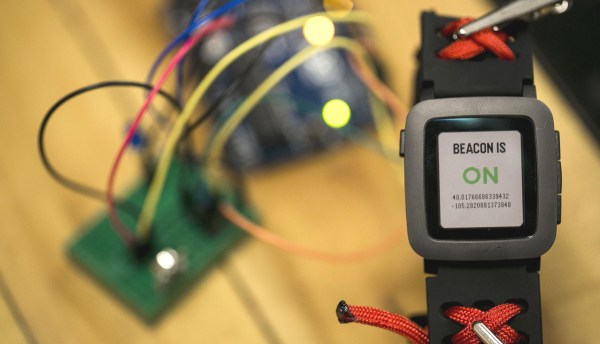If you been following Hackaday lately, you’ve surely noticed an increased number of articles about IoT-ifying stuff. It’s a cool project to take something old (or new) and improve its connectivity, usually via WiFi, making it part of the Internet of Things. Several easy to use modules, in particular the ESP8266, are making a huge contribution to this trend. It’s satisfactory to see our homes with an ESP8266 in every light switch and outlet or to control our old stereo with our iPhone. It gives us a warm fuzzy feeling. And that’s completely fine for one’s personal projects.
But what happens when this becomes mainstream? When literally all our appliances are ‘connected’ in the near future? The implications might be a lot harder to predict than expected. The near future, it seems, starts now.
This year, at CES, LG Electronics (LG) has introduced Smart InstaView™, a refrigerator that’s powered by webOS smart platform and integrated with Amazon’s Alexa Voice Service.
… with webOS, consumers can also explore a host of WiFi-enabled features directly on the refrigerator, creating a streamlined and powerful food management system all housed directly on the front of the fridge door. Amazon’s Alexa Voice Service gives users access to an intelligent personal assistant that, in addition to searching recipes, can play music, place Prime-eligible orders from Amazon.com…
This is ‘just’ a fridge. There are other WiFi-enabled appliances by now, so what? Apparently, during the LG press conference last Wednesday, the company marketing VP David VanderWaal said that from 2017 on, all of LG’s home appliances will feature “advanced Wi-Fi connectivity”.
Notice the word advanced, we wonder what that means? Will ‘advanced’ mean complicated? Mesh? Secure? Intelligent? Will our toaster finally break the Internet and ruin it for everyone by the end of the year? Will the other big players in the home appliances market jump in the WiFi wagon? We bet the answer is yes.
Here be dragons.
[via Ars Technica]
















